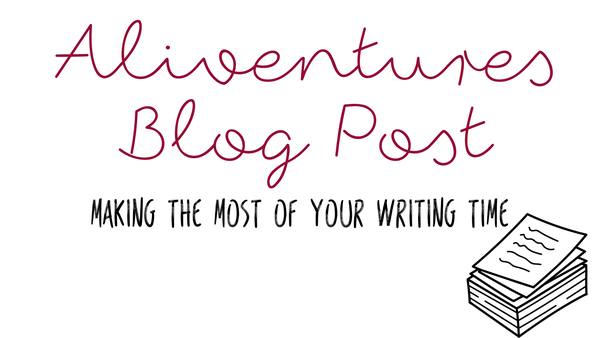One decision you’ll need to make before starting your first draft is what point of view (perspective) to write from.
A hugely popular option is third person limited point of view, and while you might have a rough idea what that
means, it can cover quite a range of approaches and styles.
Before we dig into some examples, let’s quickly pin down what exactly “third person limited” means.
What is the Third Person Limited Point of View?
Third person is when we
write using third person pronouns. “He did this” not “I did this.”
First-person is the “I” perspective and second-person is the “you” perspective: rarely used in fiction, though it can work well for short pieces.
When we say third person
limited, we’re restricting our narrative to a single character’s perspective at a time.
This contrasts with third person omniscient, where the omniscient narrator can move between characters at will or describe a wide-ranging scene where characters might be miles apart.
Often, you’ll hear “third person limited” described as though there’s only one way to write from this perspective. But there are quite a few distinct ways to approach it, based on how close the narrative is to the character’s own thoughts.
We’re going to dig into how those work, with an example of third person limited perspective for each.
Read more...

